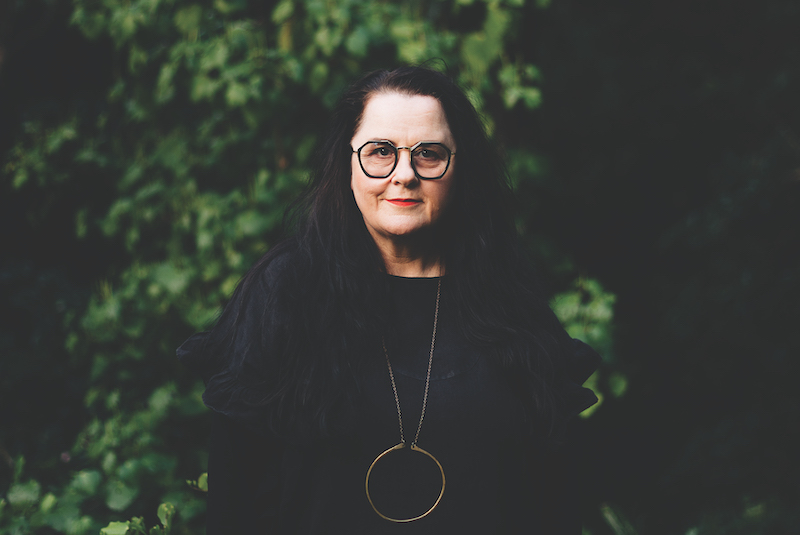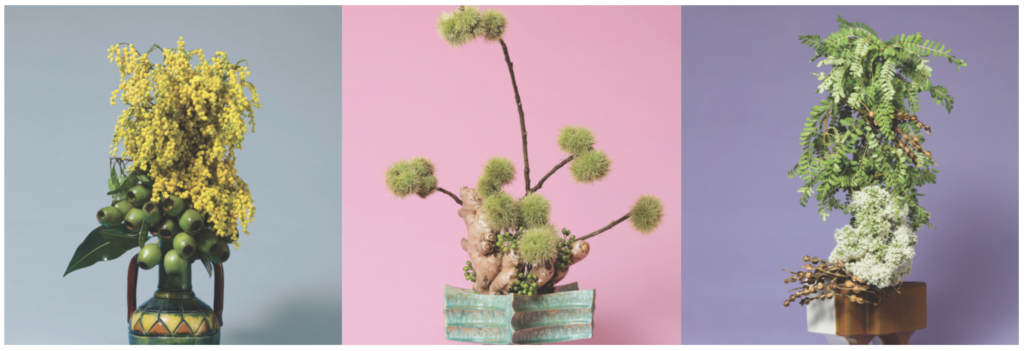

ANN SHELTON: CLOSE TO THE WIND
A new exhibition by one of New Zealand’s most lauded lens-based practitioners Ann Shelton explores female experiences of representation, control, fertility and trauma.
Words: Sue Gardiner
Photography: Bonnie Beattie
The politics of the body is currently coalescing around social control of women’s reproductive health. Here in New Zealand and Australia, progressing abortion decriminalisation bills have led to fresh and often raw debates while in the USA, several states have passed or are proposing to pass what are known as Heartbeat Bills, a controversial form of abortion restriction legislation.
New Zealand artist Ann Shelton’s work has long focussed on female experiences around trauma and control. Having directly experienced the debates in Trump’s America during two exhibitions of her photographic and performative work with Denny Dimin Gallery in New York (2019) and San Francisco (2018), Shelton reflects on how little has really changed for women. “The law is still stretching out to control women’s bodies,” she says. “In some ways we have come a long way and in others we have not come far at all.”
Now, in close to the wind, presented at Auckland’s Two Rooms in September and October, Shelton presents selected works from 2001 to 2019 that trace how female experiences and actions have been overlooked, forgotten, suppressed or deemed socially unacceptable or transgressive. The exhibition planning took an interesting turn when Shelton began a conversation with Wellington-based academic and curator, Heather Galbraith. Together, they discussed the absence of the depicted female body in Shelton’s work. Or more specifically, her strategy of exploring instances of charged and troubling female lived experience through depictions of landscapes and sites of events or trauma, and her use of allegorical botanic still life set-ups.
“When Ann invited me to work with her on this project, drawing particular strands of investigation relating to the invisibility of female experience, I wondered aloud about the potential to set up a conversation between works of hers with 19th-century historical portraiture,” Galbraith says. The show thus draws on historical images from a renowned private collection (that wishes to remain anonymous). It presents around eight daguerreotypes, a selection of tin types and 24 cabinet cards, juxtaposed with around 10 of Shelton’s own works.
“[The historical images] are all from American sources, due to a focused period of collecting by the collector,” Galbraith explains. “It has helped that there were a lot of vernacular images generated during the mid-late 1800s that made their way into either collections or antique shops, junk shops and online selling portals. This collecting impulse is not only a typology of image-making tracing a social and cultural set of circumstances, but also considers how the meaning we attribute to them now has shifted and been informed by our contemporary experience.”
For Shelton, there is a real sense of rapport between her works and the selected historical images: between her focus on trauma contrasted with the focus on celebration around moments of family life in 19th-century photography; between her depiction of notoriety and the anonymity of the historical images; between the named and the now nameless; between presence and absence. “There is a sense of lives circulating and flowing between two different registers of image making,” she muses.
Shelton’s recent series jane says, for example, investigates the potential power and potency of plants and women’s historical attempts to control their fertility. “We have become distant from nature and the power that plants exert over us,” Shelton notes. “We are primarily engaged with surface qualities; with their aesthetic beauty.”
Featured also are works from 2001 tracing the lives of particular women of interest, while keeping a figurative representation of the women absent. One such work is Laudanum, Minnie Dean’s unmarked grave… (2001), which represents the story of Williamina “Minnie” Dean, a “baby farmer” who, in 1895, was the only woman tried and executed in New Zealand for murdering babies in her care.
From the 2017 series the missionaries is a work titled The Banshee. A bouquet of wattle flowers, the work makes reference to the way plants were imported into New Zealand in colonial times but then escaped into the landscape and became uncontrollable. “These domestic botanic epitaphs engage with the reasons emigrants brought plants with them, why they went to elaborate ends to preserve them on their long journey, and the consequences of their interventions,” the artist notes.
A major figure in contemporary lens-based practice in New Zealand, Shelton’s survey exhibition Dark Matter, curated by Zara Stanhope, was exhibited at Auckland Art Gallery Toi o Tāmaki and Christchurch Art Gallery Te Puna o Waiwhetū in 2016. Her influential 1996 series, Red Eye, was published internationally by Dewi Lewis Publishing, England. Predating the era of Instagram selfies, Red Eye centred around the people Shelton hung out with at art school in Auckland, documenting gender identity as a fluid social construct. Now as an educator and mentor, she collaborates with younger artists like Jordana Bragg and Sam Gorham for performance works such as The Physical Garden, reinvigorating the feminist conversations around intersectionality, gender politics and ritual in 2019. Shelton is represented by Two Rooms, Auckland, Bartley and Company Art, Wellington and Denny Dimin Gallery, New York.
This article was published in Art Collector issue 90, Oct-Dec 2019.

